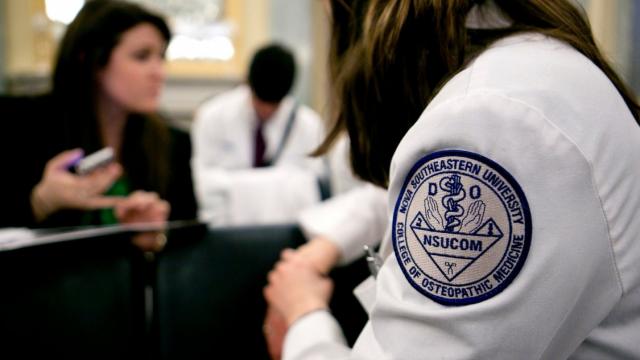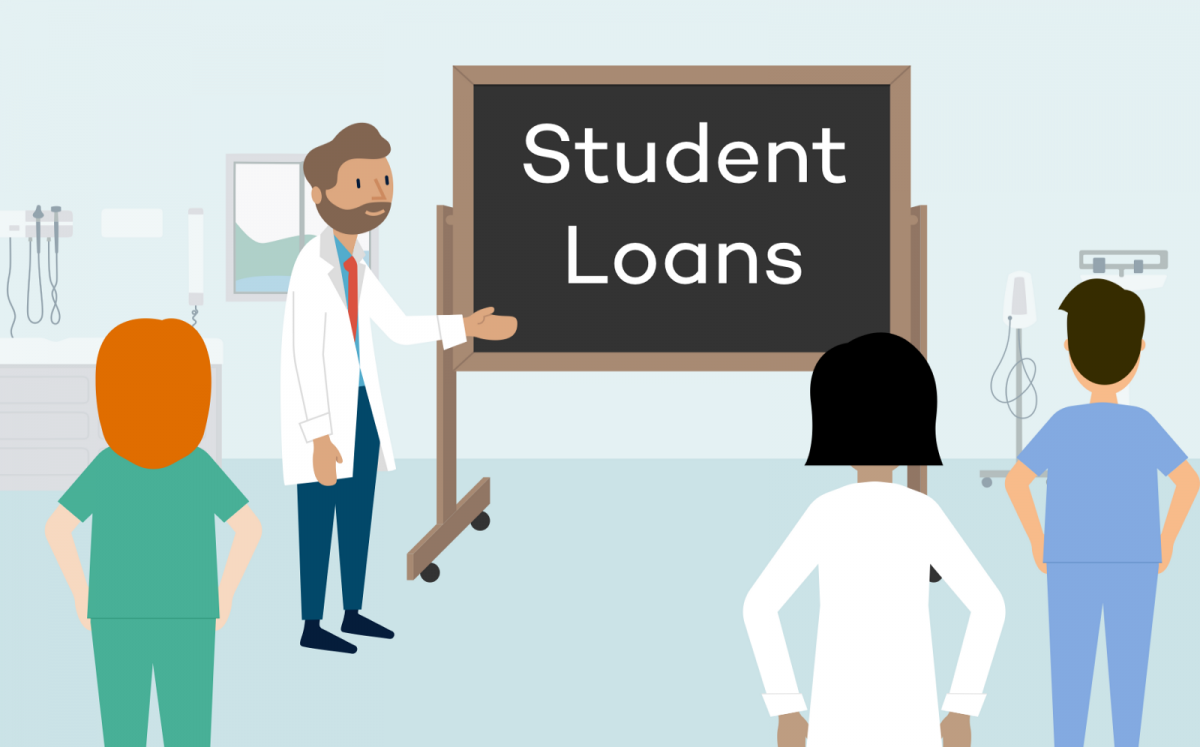
Last week, the New York University School of Medicine became the first medical school in the nation to become fully tuition-free. Dr. Robert Grossman, dean of the medical school, cited young physicians’ “crushing debt” as an impetus for the move. One may think that doctors, with their gigantic salaries, are immune to student debt worries, but Dr. Grossman’s announcement made official what many medical school students have long known: The crisis of paying for education has finally caught up with the one percent.
My personal experiences highlight the magnitude of the problem. Upon graduation from medical school in 2013, I owed approximately $180,000 in student debt — what might seem an outrageously high number that is actually about $10,000 less than the average for today’s medical school graduates. I scrounged and saved during residency, living in a tiny Chinatown apartment, riding my bicycle to work every day, and sneaking expired patient sandwiches for lunch so that I could make my monthly $700 debt payment. Yet upon completing residency, the amount I owed had, to my disbelief, increased to $188,000 — all my efforts had not been enough to cover even the interest accumulating on my loans.
Growing up, I expected a career in medicine partly to be a ticket out of the working-class circumstances I grew up in. My parents, immigrants from rural Iran, struggled to provide opportunity for their children. A career in medicine promised a better future ahead. But five years after graduating from medical school, that future still seems on a distant horizon. I cannot afford to buy a house, still ride my bicycle to work and continue to skimp on meals in order to cover more than $3,000 in monthly loan payments.
I am far from alone. A mentor in residency, several years my senior and making over $200,000 per year, once revealed that she had moved back in with her mother just to get a handle on her student loans. Another colleague had a marriage proposal rejected because of his mortgage-size debt.
There is a bigger issue here for society. Young physicians are avoiding careers in lower-paying specialties, from pediatrics to psychiatry, even though our country needs more of them. Instead, they are flocking to high-paying specialties like cardiology that already have a relative surplus. It is also affecting where they choose to practice. Ultimately, as specialists remain in urban centers where jobs are more plentiful, rural areas and smaller cities suffer. The National Rural Health Association estimates a shortage of45,000 doctors by 2020, and already more than 70 rural hospitals have closed since 2010.
If student debt is a problem for doctors, imagine what it is like for nurses, teachers and other graduates whose incomes are far lower. Indeed, an entire generation is being squeezed by the high cost of tuition at the graduate and undergraduate level. Without expendable income to buy homes, millennials are living with their parents in record numbers, stunting the housing market. Unable to save, my generation is neither contributing to nor benefiting from the stock market. Most doctors will someday earn enough to pay off their school loans. But many thousands in less lucrative professions will carry their loans into middle age and beyond. The burden that is bowing medical students has truly been crushing lower- and middle-income graduates.
The alarm seems to have jolted some into action. Alexandria Ocasio-Cortez, 28, won her stunning Democratic primary election upset over Representative Joseph Crowley, a longtime incumbent, partly by running on a platform of free higher education. Importantly, her message was a winning one not just among the working-class parts of her congressional district, but in the areas populated by highly educated young professionals as well. Other progressive congressional candidates around the country have also taken up the call for attacking the high cost of college.
I’d like to think that the weight of student loans is giving doctors and others greater insight into the crisis of income inequality. There is reason to hope. Some doctors’ groups have found common ground with lower-wage workers in calling for government programs to help ease debt burdens. The American Medical Association, historically a right-leaning organization, came out strongly for the Affordable Care Act in 2008. More generally, polls indicate that college-educated voters now support an increased minimum wage, higher taxes on the rich and guaranteed health care to the same degree that voters without a college education do.
Perhaps all of this is simply self-interested economics. But if that is the case, so be it. The mere fact that student debt is causing the highest earners to struggle should awaken us to the severity of the situation. It also is a reminder that being in the top 1 percent of earners no longer means being in the top 1 percent of actual wealth.
The country should follow N.Y.U.’s lead in recognizing the damage wrought by crushing student debt. Making higher education free for all should not just be a pipe dream.
Dr. Farzon A. Nahvi is an emergency medicine physician in New York City.


















